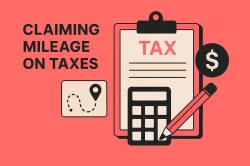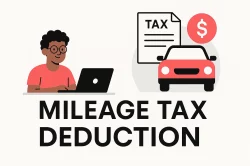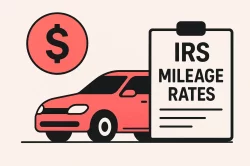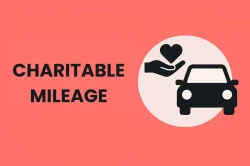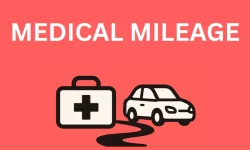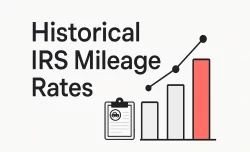Table of Contents
A road toll is a fee you pay to use certain roads, bridges, or tunnels. This fee helps pay for building and fixing those roads, and sometimes helps manage traffic.
What is a Road Toll and Why Do We Pay Them?
A road toll, also called a toll road fee, is basically a user fee for specific parts of our transportation network. Think of it like paying to use a special, well-maintained path. You have to pay this fee because the money collected is used to keep these roads in good shape, build new ones, or pay back money borrowed to build those roads. Using tolls is one way local and state governments get the cash needed for big road projects without relying only on taxes [Source 1].
Tolls are collected in different ways, especially now with modern technology. Most places in the United States use electronic systems.
How Toll Systems Work: Paying for Your Drive
Paying a toll used to mean stopping at a little booth and handing over cash. While some cash lanes still exist, technology has changed things a lot. Today, most toll roads use electronic ways to collect money, which makes things faster and helps reduce traffic backups [Source 2].
Electronic Toll Collection: This is the most common way to pay. You get a small device called a transponder (like E-ZPass or SunPass in the U.S.) for your car. You stick it on your windshield. As you drive through a toll area, the transponder talks to a sensor, and the fee is automatically taken from your prepaid account. It’s super simple, and you don’t even have to slow down much.
Open Road Tolling (ORT): This is even faster! With ORT, you don’t stop or even slow down for a toll plaza. You just keep driving at highway speed [Source 3]. The system either reads your transponder or, if you don’t have one, takes a picture of your license plate. Then, they send a bill in the mail to the car’s owner. This is often called “Pay by Plate” or “Toll by Plate.”
Cash Payment: While less common now, some toll roads still have lanes where you can pay with cash. However, many new or updated toll roads are going all-electronic, meaning no cash is accepted [Source 3].
Variable Pricing: Some busy toll roads charge different amounts depending on the time of day. During rush hour, the toll might be higher to make you think twice about driving then. This helps spread out traffic and makes travel smoother for those who need to drive at the busiest times [Source 5]. It’s a way to manage congestion.
FAQ
What is a toll road?
A toll road is a public or private roadway on which drivers must pay a fee (toll) for passage, typically collected at toll booths or electronically via transponders.
Are toll expenses deductible?
Tolls paid while driving for business, charitable purposes, or in some cases, moving or medical reasons are deductible expenses—keep receipts or electronic records and include them alongside your mileage logs. They can be claimed as itemized deductions
Can MileageWise help track toll expenses?
Yes, MileageWise lets you log toll costs with each trip entry, ensuring all tolls are documented and included in your IRS-compliant expense reports.
Try MileageWise for free for 14 days. No credit card required!
Related Terms
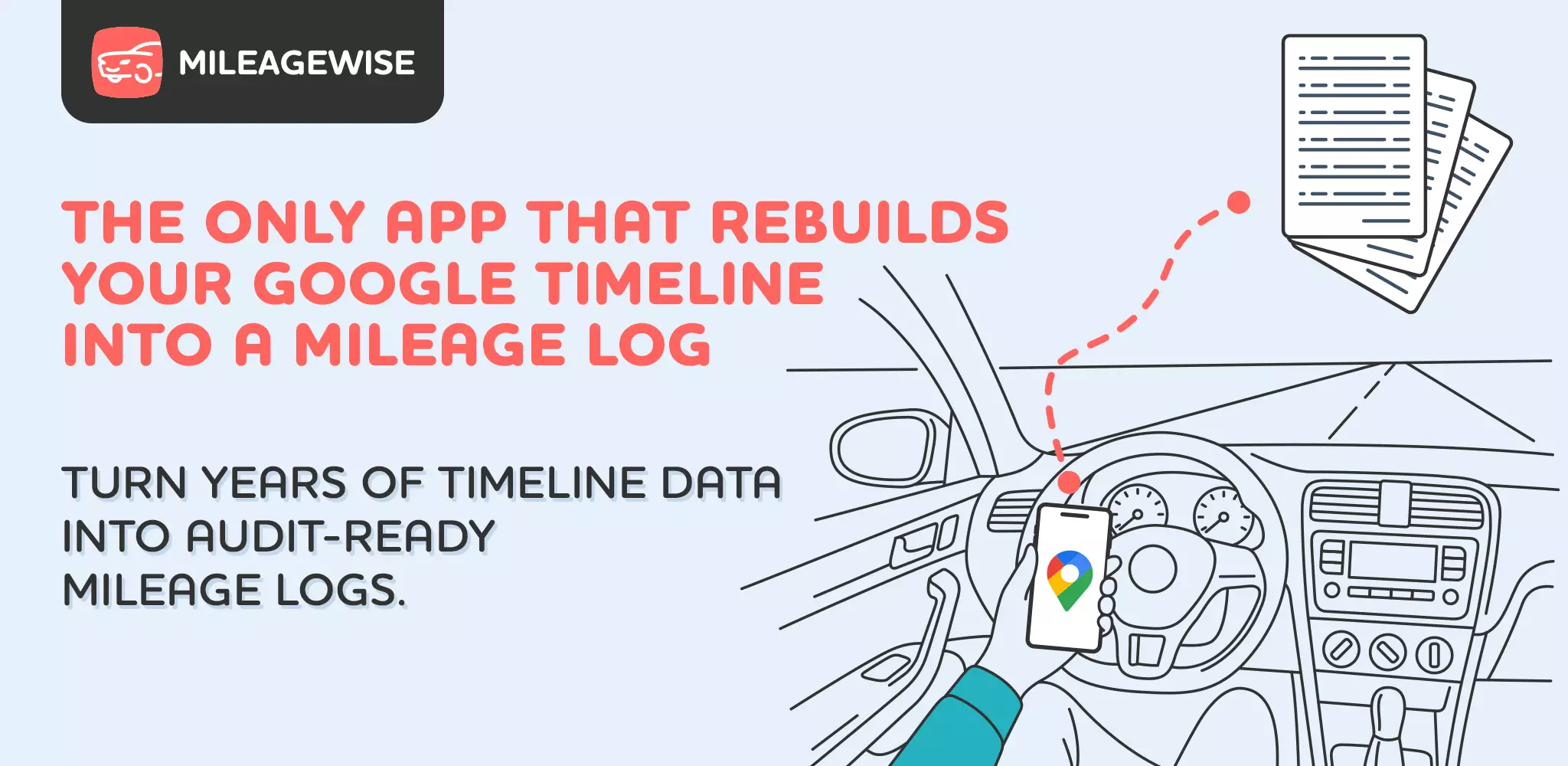
Introducing the Google Timeline to Mileage Log Mobile App
We’re excited to share our latest development! You can now convert your Google Maps Timeline drives directly into an IRS-compliant mileage log right on your

DoorDash Tips and Tricks: Your Edge Over Competition
Last Updated: November 17, 2025 I’m excited to share the top DoorDash tips and tricks shared by YouTuber Pedro “Mr.BetonYou” Santiago. He collected and vetted the

8 Uber and Lyft Scams Every Driver Should Know
Last Updated: November 9, 2025 Driving for Uber or Lyft can be a rewarding gig, offering flexibility and the chance to meet new people. However,
SherpaShare Shutdown – What To Do Now?
Last Updated: October 7, 2025 SherpaShare was a service designed primarily for people who work as independent contractors, particularly those in the ride-sharing and delivery
Gas Mileage Tracker: Your Key to Savings
Last Updated: August 8, 2025 A gas mileage tracker helps drivers watch their vehicle’s fuel use, mileage, and related costs. You might want one to
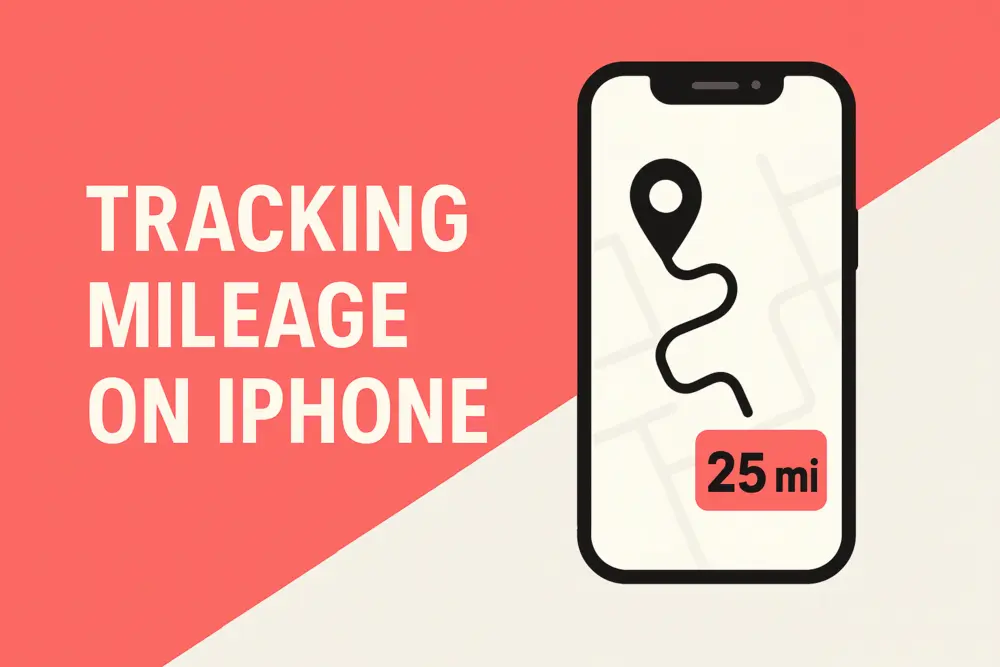
How To Track Miles on iPhone: Find your Match
Last Updated: August 6, 2025 Looking to track miles on your iPhone? Whether it’s for fitness, personal use, or business tax deductions, your iPhone offers
Related Guides


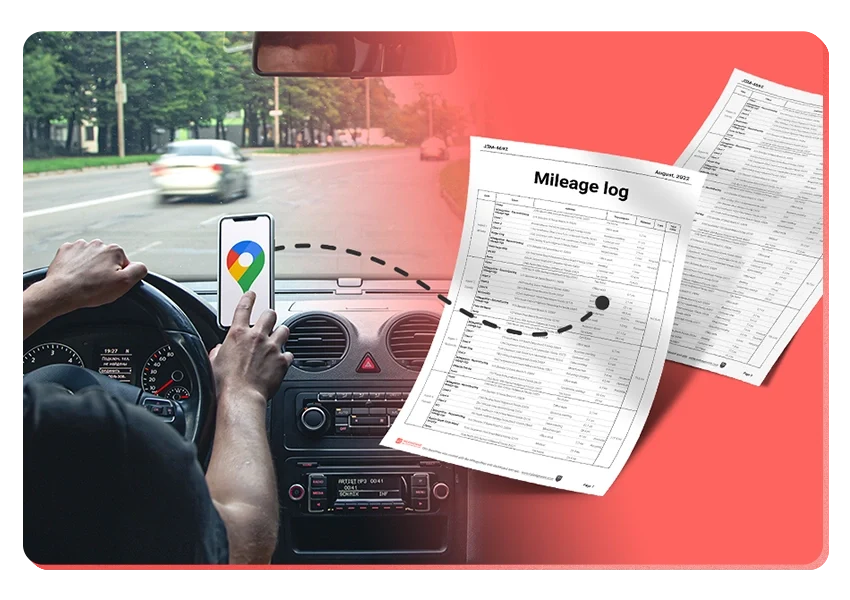
It’s Finally Here! Google Maps Timeline Import from Mobiles
Transform your Trip Lists into Mileage Logs with MileageWise

Introducing the Google Timeline to Mileage Log Mobile App
We’re excited to share our latest development! You can now convert your Google Maps Timeline drives directly into an IRS-compliant mileage log right on your

DoorDash Tips and Tricks: Your Edge Over Competition
Last Updated: November 17, 2025 I’m excited to share the top DoorDash tips and tricks shared by YouTuber Pedro “Mr.BetonYou” Santiago. He collected and vetted the

8 Uber and Lyft Scams Every Driver Should Know
Last Updated: November 9, 2025 Driving for Uber or Lyft can be a rewarding gig, offering flexibility and the chance to meet new people. However,
SherpaShare Shutdown – What To Do Now?
Last Updated: October 7, 2025 SherpaShare was a service designed primarily for people who work as independent contractors, particularly those in the ride-sharing and delivery
Gas Mileage Tracker: Your Key to Savings
Last Updated: August 8, 2025 A gas mileage tracker helps drivers watch their vehicle’s fuel use, mileage, and related costs. You might want one to

How To Track Miles on iPhone: Find your Match
Last Updated: August 6, 2025 Looking to track miles on your iPhone? Whether it’s for fitness, personal use, or business tax deductions, your iPhone offers

Introducing the Google Timeline to Mileage Log Mobile App
We’re excited to share our latest development! You can now convert your Google Maps Timeline drives directly into an IRS-compliant mileage log right on your

Was Your Google Timeline Deleted? Here’s What Happened:
Last updated: November 20, 2025 If you recently opened Google Maps and noticed your Timeline was deleted or partially missing, you’re not alone. In this

It’s Finally Here! Google Maps Timeline Import from Mobiles
Struggling to Manage Your Trips After Google’s Timeline Update? If you’re reading this, you’ve likely encountered the recent update affecting Google Maps Timeline. With Timeline
Transform your Trip Lists into Mileage Logs with MileageWise
Last Updated: October 1, 2025 Do you have a list of monthly trips from a data source like Excel or Google Timeline, but need to
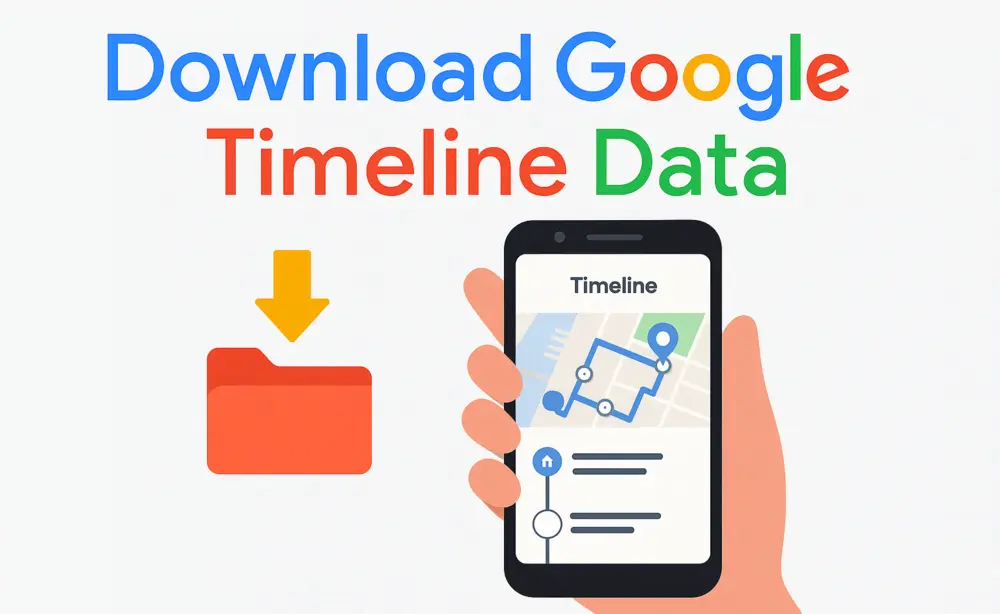
How to Download Google Timeline Data: A Guide
Google Timeline Import Hub Last Updated: October 30, 2025 Want to download Google Timeline data? This guide shows you how to extract your location history
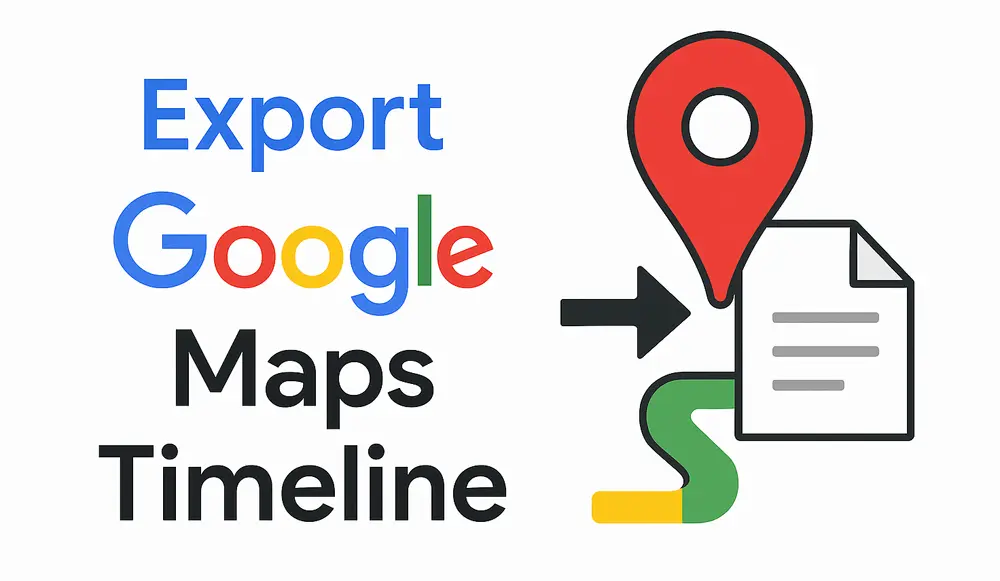
How to Export Google Maps Timeline: Get Your Data
Google Timeline Import Hub Last Updated: October 29, 2025 It can be tricky to export Google Maps Timeline data after Google’s recent updates. Many users
Google Maps Mileage Tracker: From Timeline to Mileage Log
Google Timeline Import Hub Last Updated: October 29, 2025 If you’re an active user of Google Maps Timeline you likely already know how convenient it
Timeero
Table of Contents Timeero Timeero is a time, location, and mileage tracking app designed for businesses and teams in the United States. It helps employers
Milewise by Allstate
Table of Contents Milewise by Allstate Milewise by Allstate is a pay-per-mile car insurance program offered by Allstate Insurance in the United States. It’s designed
Hurldr
Table of Contents Hurdlr Hurdlr is a finance and expense tracking app designed for self-employed professionals, freelancers, and gig workers in the United States. It



